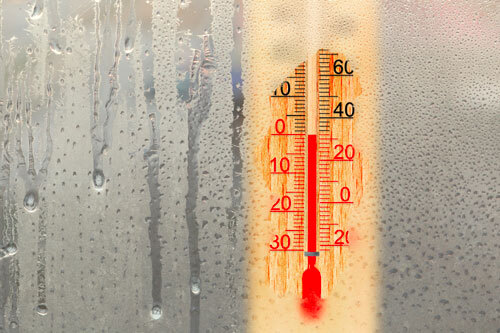
If you work in the rubber, food, chemical or ice industries, then you may have come across “low melt” EVA bags.
But what are they? And why might you need them?
What Are Low Melt EVA Bags?
Low melt EVA bags are a special type of plastic bag designed to remain supple and strong at low temperatures.
The bags use a type of EVA resin – an elastomeric polymer – that gives them rubber-like properties, allowing them to remain pliable even at low temperatures where traditional 100 per cent polyethene products become brittle.
Most low melt EVA bags use around 18 per cent additive to give them their characteristic suppleness, but this number can vary depending on the application. In general, the lower the temperature of use, the more additive required.
Why You Might Need EVA Bags
All kinds of companies rely on robust packaging to transport their products and provide convenience to consumers. Brands, however, have varying requirements.
Take companies in the ice-making industry, for instance. These firms need bags that can withstand freezing temperatures as low as minus 30 degrees C. Even at these low temperatures, bags need to remain strong and pliable so that they can survive transportation and be useful for consumers.
Other industries require low melt EVA sacks too. The frozen food industry, for instance, needs bags that retain their strength and durability when lowered to temperatures significantly below the freezing point of water. Many industrial freezers, for example, keep temperatures as low as minus 25 degrees C, necessitating the use of plastic bag products that can protect products from harm.
Low melt EVA bags are also essential in applications where companies need to protect their workforce and equipment from dust. These bags help to safely contain all of the particles that might otherwise be able to leech out and affect your operations.
Low melt EVA bags come with a host of additional benefits that you might need to consider.Because they have a lower melt temperature, for instance, it is easier to achieve more accurate blending. Manufacturers can add controlled amounts to each bag to ensure more precise filling.
The way that these bags are produced also cuts down on manufacturing time. There’s less need to weigh ingredients, cutting equipment and workforce costs in the factory setting.
Strength is an advantage too. A lot of companies need high-strength packaging products to protect ingredients from contamination, or to contain potentially hazardous chemicals. Because of their high elastomeric content, EVA bags tend to be stronger than their pure polyethene counterparts at commercially relevant temperatures. Companies often find that it is worth investing in these types of bags when safety is a priority.
Just like other types of plastic bagging products on the market, low melt EVA bags are customisable. You’re able to put your design on the front, just as you would regular packaging, opening up marketing opportunities for consumer-facing brands.
If you’re looking for high-quality EVA bags, then Abbey Polythene can help. Get in touch with us today to find out more.